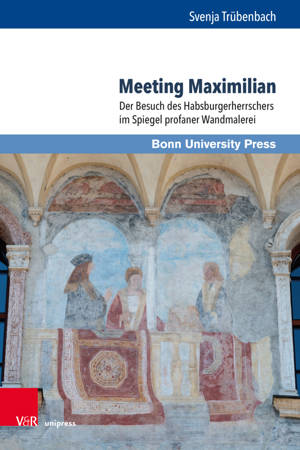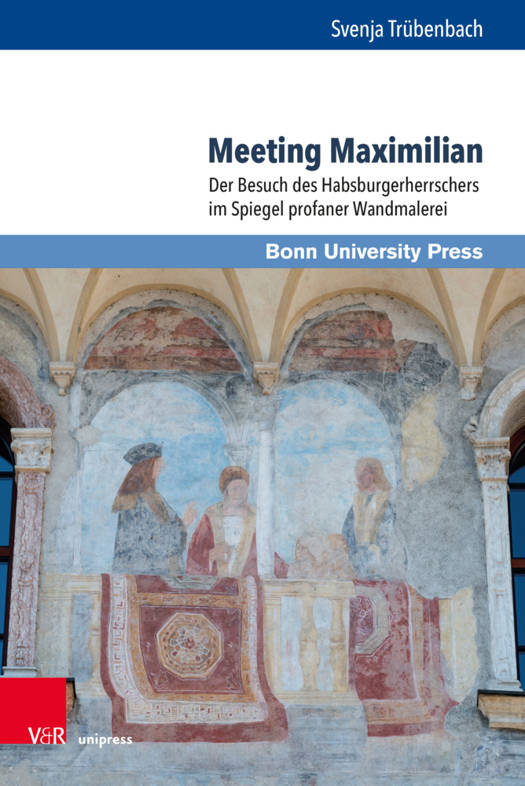
- Afhalen na 1 uur in een winkel met voorraad
- Gratis thuislevering in België vanaf € 30
- Ruim aanbod met 7 miljoen producten
- Afhalen na 1 uur in een winkel met voorraad
- Gratis thuislevering in België vanaf € 30
- Ruim aanbod met 7 miljoen producten
Zoeken
Meeting Maximilian
Der Besuch Des Habsburgerherrschers Im Spiegel Profaner Wandmalerei
Svenja Trubenbach
€ 73,95
+ 147 punten
Omschrijving
The ruler's visit was a highly honorable event that can be traced both as an occasion and subject already in the earliest secular wall paintings of the Middle Ages. Svenja Trubenbachs study examines this phenomenon for the first time concerning the famous Habsburg Maximilian I. The focus is on the pictorial programs of the castles and houses in which the Holy Roman King and later Emperor was or was to be (presumably) received. With which images did the owners react to the visit, how did they use them to recommend themselves and their house? What ideas of royal and imperial power do the paintings reflect, and where did the clients place themselves in this regard? Last but not least, the question arises as to what role Maximilian's stay and the murals played for the hosts' own power.
Specificaties
Betrokkenen
- Auteur(s):
- Uitgeverij:
Inhoud
- Aantal bladzijden:
- 493
- Taal:
- Duits
- Reeks:
- Reeksnummer:
- nr. 16
Eigenschappen
- Productcode (EAN):
- 9783847115793
- Verschijningsdatum:
- 4/09/2023
- Uitvoering:
- Hardcover
- Formaat:
- Genaaid
- Afmetingen:
- 155 mm x 231 mm
- Gewicht:
- 594 g

Alleen bij Standaard Boekhandel
+ 147 punten op je klantenkaart van Standaard Boekhandel
Beoordelingen
We publiceren alleen reviews die voldoen aan de voorwaarden voor reviews. Bekijk onze voorwaarden voor reviews.











